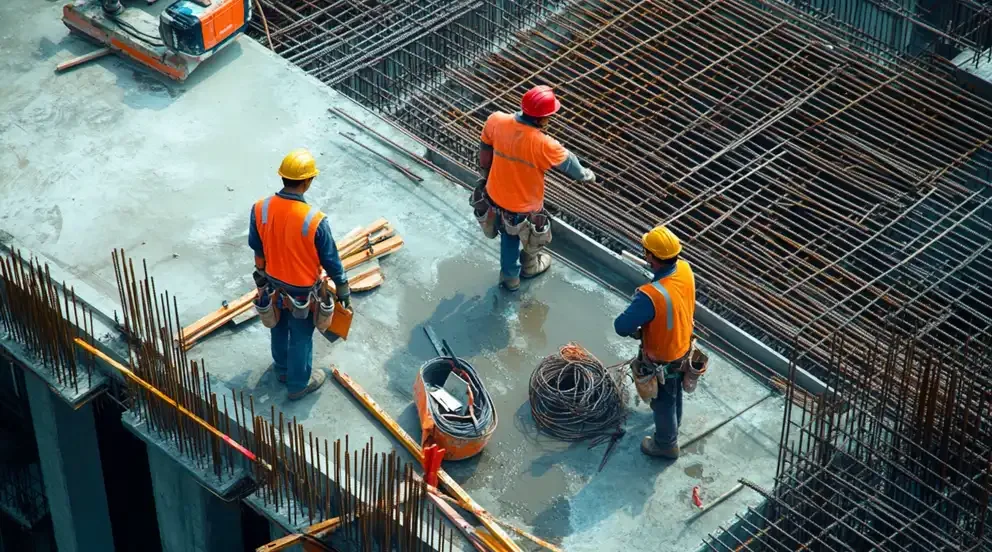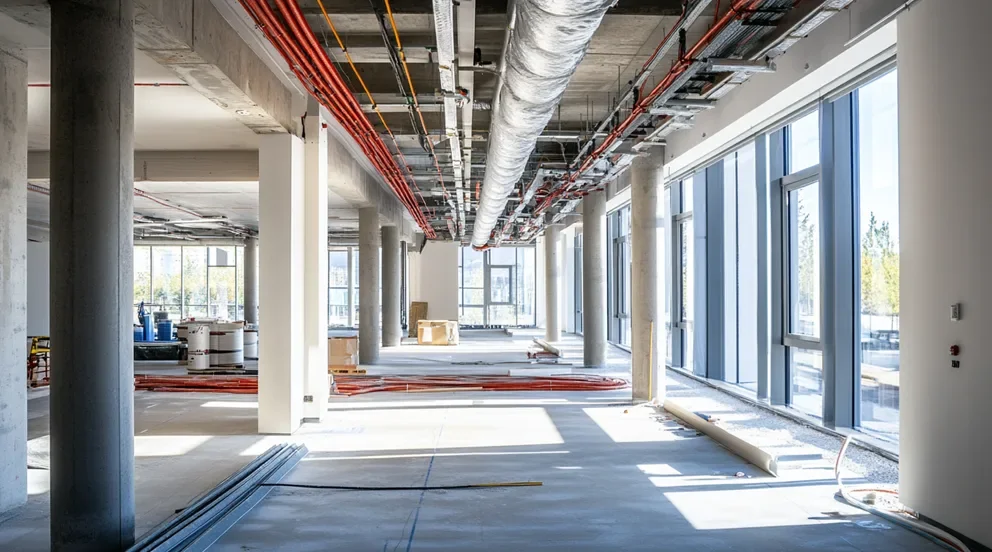A rooftop RTU HVAC is a type of heating, ventilation, and air conditioning system that is typically installed on the roof of a building. RTU stands for “rooftop unit.” These systems are often used in commercial and industrial buildings, as they provide an efficient and effective way to heat and cool large spaces.
Rooftop RTU HVAC systems typically consist of two main parts: an outdoor unit, which houses the compressor, condenser, and evaporator coils; and an indoor unit, which contains the air handler and blower. The outdoor unit is connected to the indoor unit via ductwork.
There are many benefits to using a rooftop RTU HVAC system, including the fact that they are very efficient at heating and cooling large spaces. In addition, they are typically less expensive to install than other types of HVAC systems. Additionally, rooftop RTU systems can be easily customized to meet the specific needs of a building.
If you are considering installing a rooftop RTU HVAC system in your building, it is important to work with a reputable and experienced contractor. The contractor will be able to help you select the right system for your building and ensure that it is installed correctly. Additionally, the contractor can provide you with maintenance and repair services, if needed.
When it comes to rooftop RTU HVAC systems, there are a few things that you should keep in mind. First, these systems are designed for use in commercial and industrial buildings. They are not meant for use in residential homes. Second, rooftop RTU systems must be installed by a qualified and experienced contractor. Third, you should always consult with your local building code officials to make sure that the system you select is up to code.
What are the advantages of using Rooftop RTU HVAC?
There are many advantages of using rooftop RTU HVAC systems. Here are just a few:
1. Rooftop RTU systems are very efficient at heating and cooling large spaces.
2. Rooftop RTU systems are typically less expensive to install than other types of HVAC systems.
3. Rooftop RTU systems can be easily customized to meet the specific needs of a building.
4. Rooftop RTU systems are typically easier to maintain than other types of HVAC systems.
5. Rooftop RTU systems can provide better indoor air quality than other types of HVAC systems.
6. Rooftop RTU systems can help to reduce energy costs.
7. Rooftop RTU systems can help to improve the value of a building.
8. Rooftop RTU systems can help to reduce noise pollution.
9. Rooftop RTU systems can help to reduce the risk of fire.
10. Rooftop RTU systems can help to improve the safety of a building.
What are the disadvantages of Rooftop RTU HVAC?
There are a few disadvantages of rooftop RTU HVAC systems. Here are just a few:
1. Rooftop RTU systems are designed for use in commercial and industrial buildings. They are not meant for use in residential homes.
2. Rooftop RTU systems must be installed by a qualified and experienced contractor.
3. Rooftop RTU systems can be expensive to maintain.
4. Rooftop RTU systems can be difficult to repair.
5. Rooftop RTU systems can require special training for maintenance and repair personnel.
6. Rooftop RTU systems can pose a safety hazard if not installed properly.
7. Rooftop RTU systems can be a source of noise pollution.
8. Rooftop RTU systems can be a fire hazard if not installed properly.
9. Rooftop RTU systems can be a health hazard if not maintained properly.
10. Rooftop RTU systems can be a security risk if not installed properly.
What are the benefits of using Rooftop RTU HVAC?
There are many benefits of using rooftop RTU HVAC systems. Here are just a few:
1. Rooftop RTU systems are very efficient at heating and cooling large spaces.
2. Rooftop RTU systems are typically less expensive to install than other types of HVAC systems.
3. Rooftop RTU systems can be easily customized to meet the specific needs of a building.
4. Rooftop RTU systems are typically easier to maintain than other types of HVAC systems.
5. Rooftop RTU systems can provide better indoor air quality than other types of HVAC systems.
6. Rooftop RTU systems can help to reduce energy costs.
7. Rooftop RTU systems can help to improve the value of a building.
8. Rooftop RTU systems can help to reduce noise pollution.
9. Rooftop RTU systems can help to reduce the risk of fire.
10. Rooftop RTU systems can help to improve the safety of a building.
What are the different types of Rooftop RTU HVAC?
There are many different types of rooftop RTU HVAC systems. The most common type is the split system, which consists of an outdoor unit and an indoor unit. Other types of rooftop RTU HVAC systems include the ducted system, the packaged system, and the central air conditioner.



